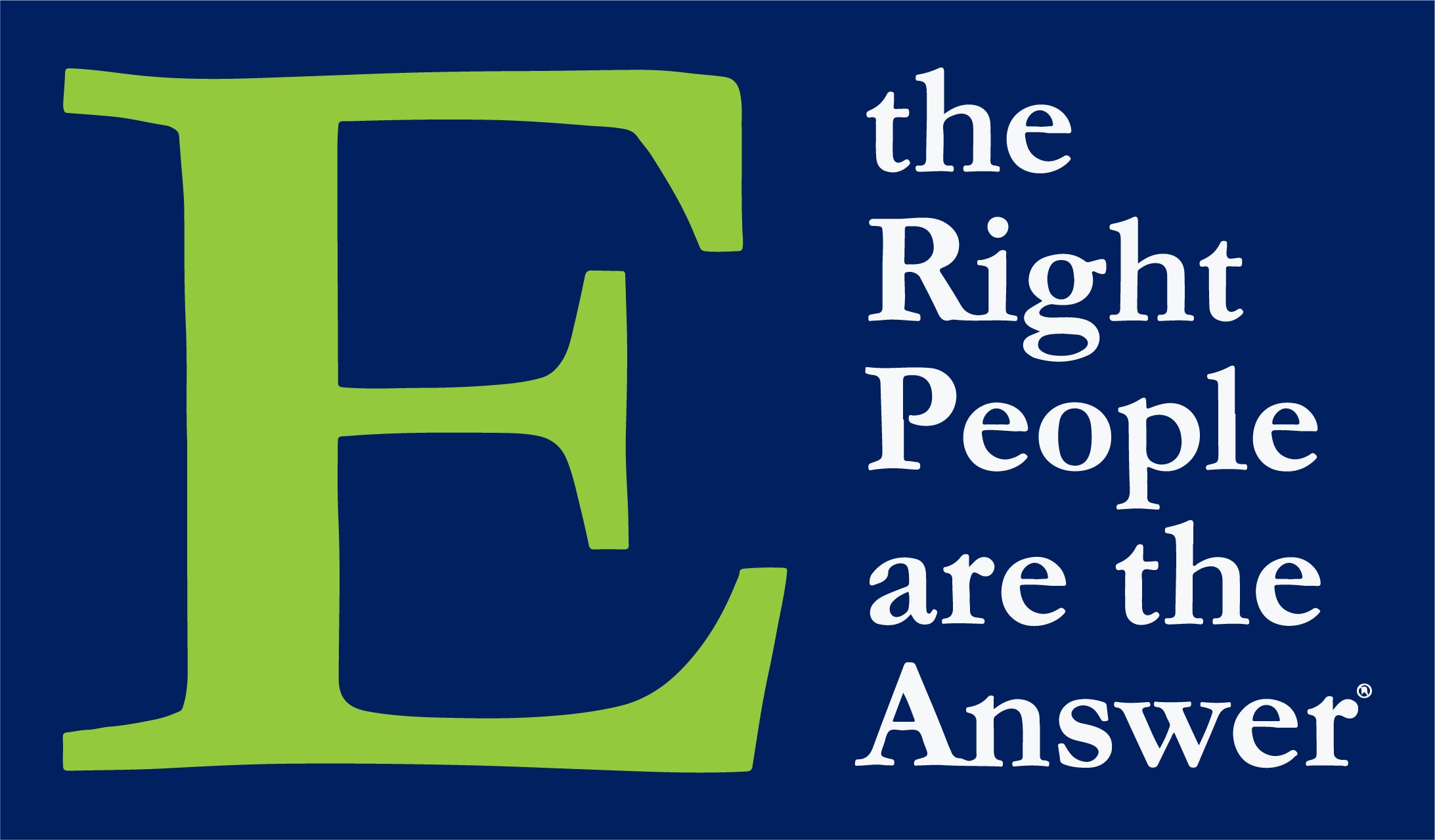We are thrilled here in the halls of ECLARO that the full-on NBA playoffs are tipping off (and not just because there are more than a few long-suffering Knicks fans among our ranks). As the games play out, there will be plenty of talk about the secrets and success to building a winning team, how to get the most out of those team members, how to motivate and manage talent. That kind of analysis can be as engaging as the games themselves.
As you know, we love sports metaphors when it comes to thinking about business—both ours and yours—and how their lessons can drive insights and improvements. There are any number of KPIs and metrics to measure when it comes to individual and team performance, but there’s one in particular whose impact deserves a highlight reel...
The High Five.
There are those who might question the actual value and power of this most recognizable congratulatory gesture, despite the fact that there has been a National High Five Day since 2002 (just celebrated this past week), and although the elevated-palm-to-elevated-palm gesture has evolved into a way to celebrate achievements of all shapes and sizes in all arenas of life. So a 2019 University of California-Berkeley study went to actual arenas in search of an answer.
Although popular folklore suggests that high five originated with L.A. Dodgers Glenn Burke and Dusty Baker high-handing after a Burke home run on October 2, 1977, the researchers turned their focus to the NBA high five—and fist bump, chest bump and leaping shoulder bump and other physical congratulatory gestures, all forms of what the study calls “touch” (including other well-known in-game gestures like head slaps and head grabs, high tens and low fives, hugs, chest punches and, of course, team huddles). This makes fabulous sense.
The perpetual scoring (and thus celebrating) and proximity to teammates, benches and courtside fans during every second of an NBA game have made high-fiving in all its forms an integral part of the game itself. The fact that Hall of Fame guard Steve Nash averaged 239 of these gestures per game in the first of his back-to-back MVP seasons with the Phoenix Suns also suggests a study was worthwhile, of course.
By coding the number of “touches” made by every team in an early season game and then tracking other factors through the season, the UC Berkeley researchers set out to determine if there was a correlation between the volume of these touches and team success over the long haul.
What do you think they found? Hint: It’s a lot easier to predict than the outcome of any playoff series (Knicks in 7…just sayin’).
“The more that a team touched each other at the start of the year—controlling for how much money they’re making the expectations that they would do well during the season, how well they’re doing in that game that we coded—at the end of the year not only did they win more games,” said Dacher Keltner, Distinguished Professor of Psychology at UC Berkeley, “but their really nice basketball statistics of how selfless the play is, do they help out on defense, do they set a screen, and they were playing more efficiently and cooperatively. So we really think touch is really part of how teams do well.”
That UC Berkeley study also showed that the “high fiving” was beneficial to not only the team as a whole, but on an individual basis as well. And no matter whether you’re on the giving or receiving end, that palm power seems to persevere. As the folks at the 15five blog observe, “High Fives don’t just benefit the receiver of the High Five, they benefit the giver too! Sending a High Five is a way to express gratitude and research shows that people who express gratitude experience more positive emotions and well-being.”
The High Five Habit by Mel Robbins even sources science behind benefits of giving yourself a high five in the mirror every day. Some of us will admit that “I-haven’t-had-my-coffee-so-I-may-need-a-few-minutes-first” feeling may require waiting a little while, but the idea of taking a moment to kick off your day with clear purpose and confidence, to motivate yourself and recalibrate your focus and renew your energy with a simple high-five feels like an easy win, and one that can translate far beyond that bathroom mirror.
It’s an interesting exercise to take a look around a workplace and see who’s a high-fiver or fist-bumper and the like, who’s congratulating others and driving positive energy, celebrating wins and offering motivating pick-me-ups after let-downs. The cooperation and commitment, the trust and sense of team, the efficiency and selflessness, the focus and engagement and trust that are connected to a culture of congratulation…well, it all seems to go hand-in-hand.




